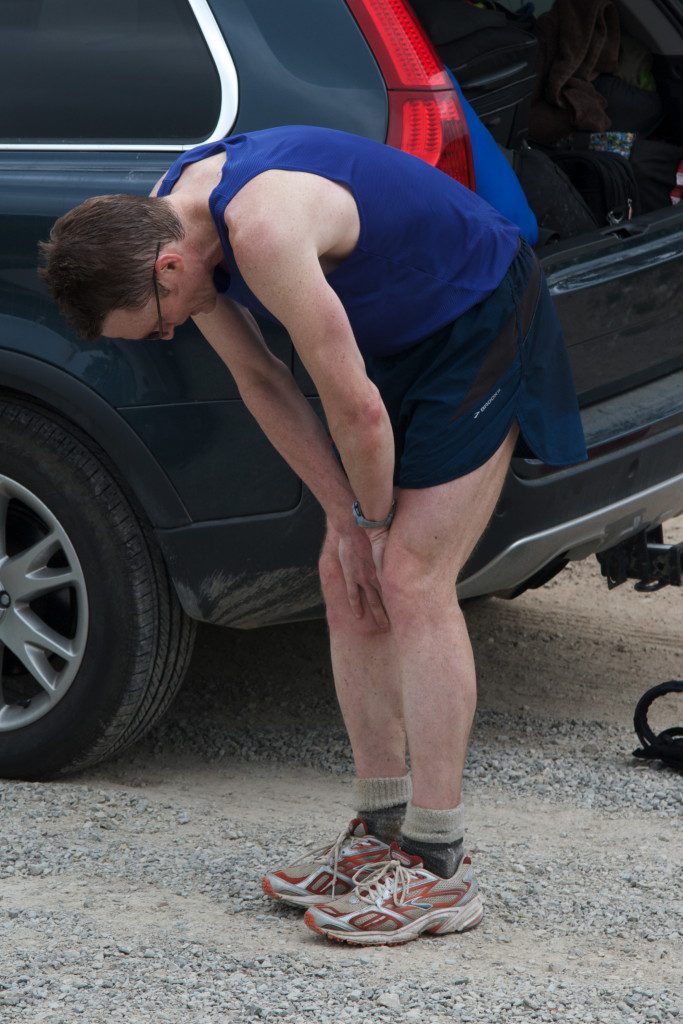Interval workouts: what runners typically get wrong
How to maximize your interval efforts, according to performance coach and author Steve Magness
 Photo by:
Kevin Morris
Photo by:
Kevin Morris
Intervals are a key aspect of training for any race. From the 100m to the marathon, interval work can improve your fitness and results. But are you approaching interval training correctly? Potentially not–and it’s a very common mistake.
Steve Magness is the author of the book Do Hard Things: Why We Get Resilience Wrong and the Surprising Science of Real Toughness. He’s also a performance coach and a former miler. Magness writes that many runners (especially new runners) have the wrong idea when it comes to interval training. “What do they get wrong? They go too hard at the wrong time,” Magness writes, “resulting in meaningless fatigue, instead of purposeful and productive fatigue.”
So don't mimic my dog and sprint out the door on your run, only to be walking a bit later
Be smart; optimize your interval training. Make the whole workout count. Not just the 1st few intervals
You want a gradual accumulation of fatigue you can just barely handle by the end
— Steve Magness (@stevemagness) April 26, 2023
What Magness describes is an issue of pacing. He says some runners start their workouts too quickly, resulting in maxing out their efforts too early.
For example, if your prescribed workout is 8x200m, a common pitfall would be to start at 32 seconds and only be able to finish running 42 seconds–in other words, you go backward. Magness says this results in a feeling of ‘dying’ during your workout. “Mechanics get sloppy, fatigue wins. Their final few intervals are a lesson in how to look miserable, and just try to survive.” You spend the whole workout just trying to get through it, which is a really difficult (and potentially discouraging) way to exercise.

How to do it properly
What Magness recommends instead is starting at a pace you can sustain (more or less) throughout the entire workout. It should feel consistently more difficult with every repetition–but never like you’re approaching full-body failure. “If you average roughly the same time all the way across, it’ll be intense enough, and challenging towards the end, so you can practice maintaining form and force output under heavy fatigue. You’re teaching good habits.”

Know the point of the workout
Another key aspect of interval training, which Magness highlights, is to know the purpose of your workout. For example, if you’re trying to build your anaerobic engine (so you can go hard when you need to), consider short, faster reps with longer rest. If you’re looking to improve your endurance, then longer, slower reps with shorter rest will do the trick.


